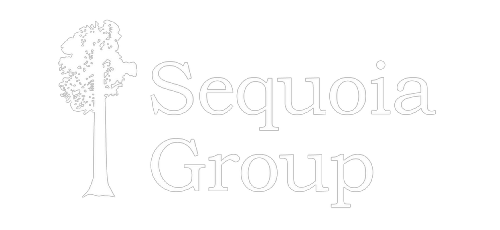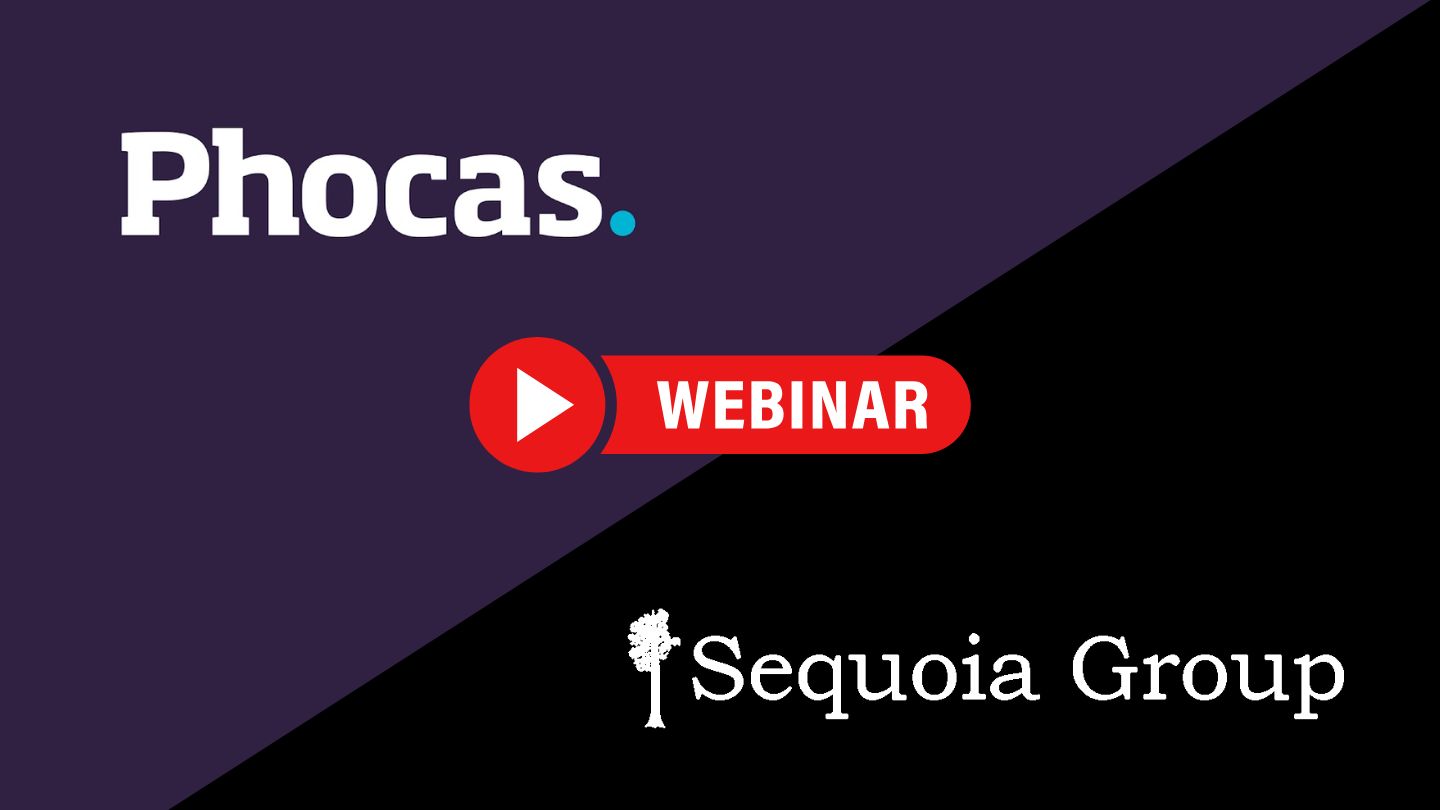Thriving in today’s business landscape, marred by inflation and supply chain disruptions, demands a unique strategic approach. As you chart the course for growth of your operation, it’s imperative not to lose sight of the three foundational pillars – people, process, and product – when shaping your distribution management strategy.
People: Fueling Purpose-Driven Success
The simple truth is that your distribution management strategy is only going to be as effective as the people behind it. Attracting and retaining top talent necessitates more than competitive compensation – it requires purpose. To help establish purpose, a well-defined business plan can instill a sense of purpose, making employees cognizant of how their efforts contribute to the company, their colleagues, and the world at large. As your team expands, the challenge lies in effectively communicating business plans and values. Purpose emerges as a potent motivator in the modern workforce, fostering engagement and commitment.
Process: The Backbone of Efficiency
Continuous process improvement should be the backbone of your business plan. Understanding that a business is essentially the sum of its processes is pivotal. Each business function is a process, and scrutinizing and documenting them can reveal inefficiencies and enhance compliance. This introspection is a continual effort but is undoubtedly worthwhile. Before delving into process documentation, identifying the use case triggering each process is crucial. Imagine investing resources into a process that supports a redundant use case – a clear waste of effort. Define the actors involved, understanding that actors aren’t solely individuals but may include technology entities. The application of technology is transformative in modern supply chains. A focus on the ‘happy path,’ where processes are executed without exceptions or errors, is paramount. While exceptions should be addressed, undue emphasis on low-risk scenarios can be detrimental to project success. Technology adoption is critical, and successful distributors leverage it to execute their distribution management strategy.
Product: Elevating Customer Experience
Beyond competitive pricing and product quality, your distribution management strategy must consider the holistic value your product offers. Customers often prioritize the overall experience of doing business with you. Competing solely on price isn’t a sustainable strategy for success. Distributors cater to a diverse customer base, each with unique expectations – from personalized service to a fully automated, digital experience. Effective product classification based on factors like profitability, loyalty, and cost-to-serve is indispensable. This classification aids in developing pricing strategies that resonate with long-term business goals.
Measuring and Evolving Your Distribution Management Strategy
As your business grows, it undergoes transformation. Strategies related to stocking, procurement, and service must evolve to foster profitable, enduring relationships throughout the supply chain. Not every endeavor yields positive results, making it crucial to monitor the health of your distribution management strategy continually. Key performance indicators (KPIs) across all areas offer invaluable insights. Sharing these results with employees fosters a culture of transparency and data-driven decision-making.
Investing in Technology for Success
Even with the most skilled workforce and the best intentions, a distribution management strategy hinges on the right tools. For distributors, information technology emerges as a game-changer. Warehouse management and automation enhance productivity and reduce errors, while an order management system streamlines the order-to-cash cycle. Inventory planning software optimizes inventory investments, and financial and business intelligence tools offer insights into business performance. Fully integrating these systems on a cloud-based platform equips your business to compete effectively on all fronts.
In a world marked by rapid change, a distribution management strategy that prioritizes people, embraces efficiency through streamlined processes, caters to evolving customer expectations, and aligns with sustainable practices is positioned not just for success but for ongoing evolution and resilience. With technology as a key enabler, businesses can navigate the complexities of today’s market dynamics while fostering growth and innovation.
For more information, please visit us online.



